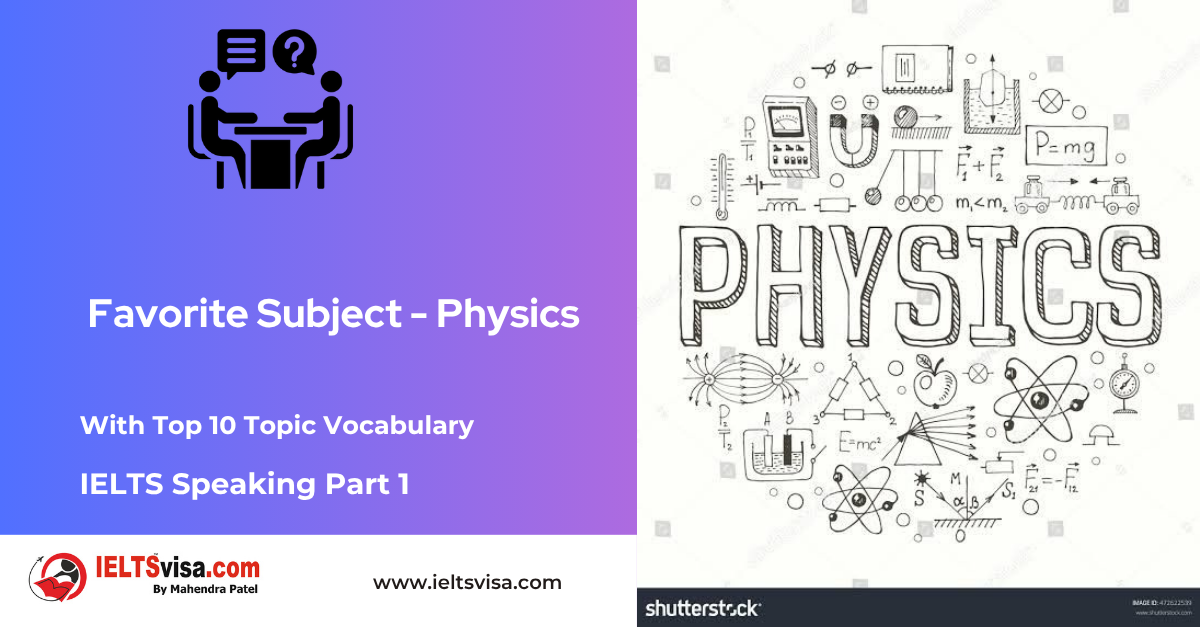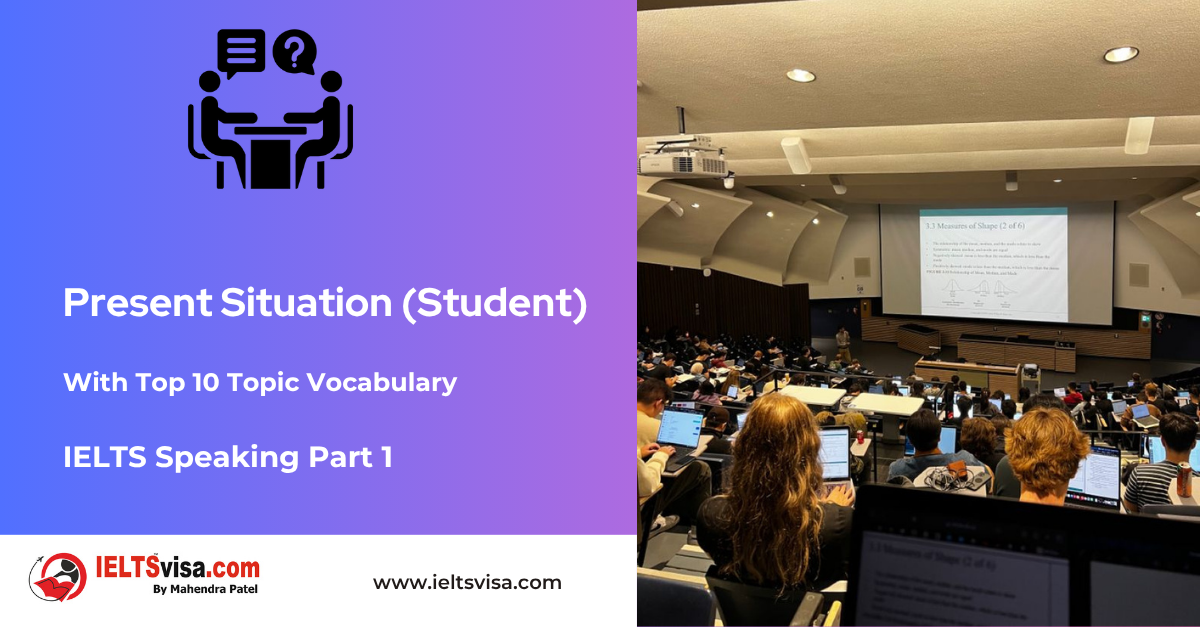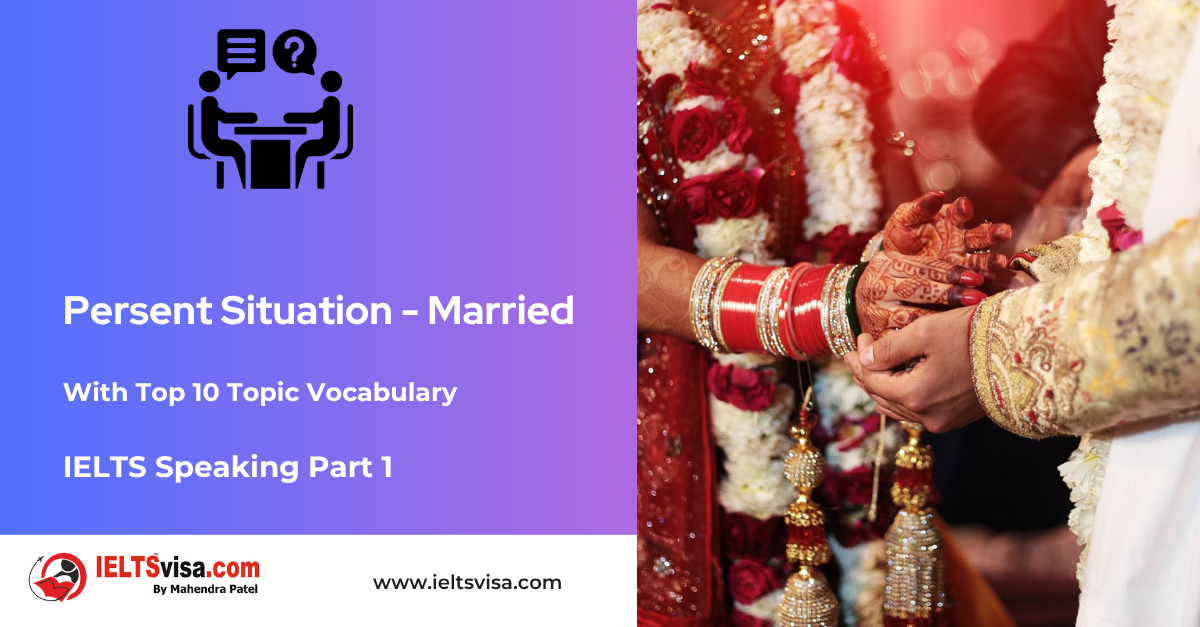Past Simple Tense (I Did)
Grammar for IELTS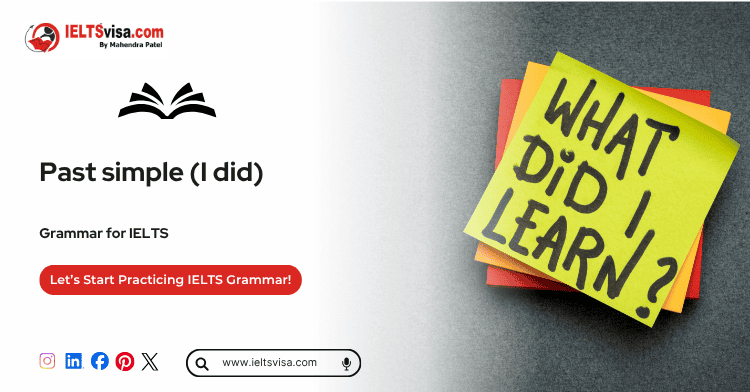
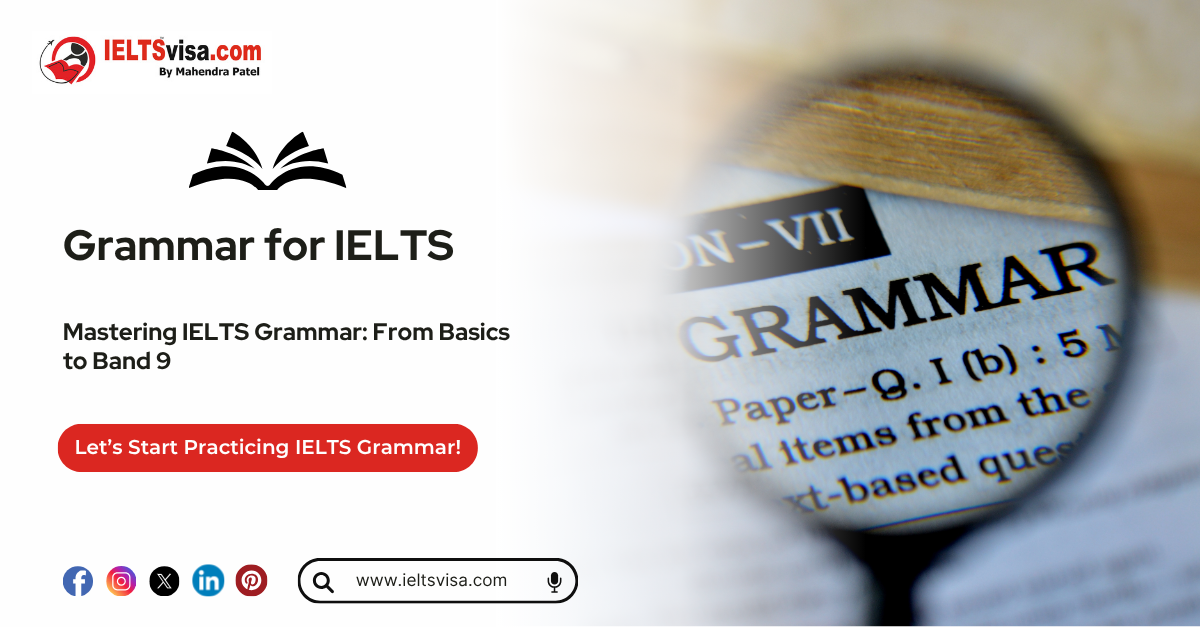
The Ultimate Guide to the Past Simple Tense (I Did)
The Past Simple Tense is one of the most commonly used tenses in the English language. It is fundamental for describing events, actions, or situations that have already happened in the past. Whether you are a student learning English or a professional seeking to refine your grammar, understanding the past simple tense is essential for clear and effective communication.
Table of Contents
1. Introduction to the Past Simple Tense
2. Structure of the Past Simple Tense
-
- Affirmative Sentences
- Negative Sentences
- Interrogative Sentences
3. Usage of the Past Simple Tense
4. Regular Verbs in the Past Simple Tense
5. Irregular Verbs in the Past Simple Tense
6. Time Expressions Used with the Past Simple Tense
7. Rules for Spelling Changes in Regular Verbs
8. Past Simple in Questions and Answers
9. Common Mistakes with the Past Simple Tense
10. Exercises and Practice Questions
11. Storytelling with the Past Simple Tense
12. Comparison: Past Simple vs. Other Tenses
13. Tips to Master the Past Simple Tense
14. Frequently Asked Questions (FAQs)
15. Conclusion
1. Introduction to the Past Simple Tense
The past simple tense is used to describe actions or events that occurred and were completed in the past. It answers the question “What happened?” and is often accompanied by specific time markers, such as “yesterday,” “last week,” or “in 1990.”
Why is the Past Simple Important?
-
- It is essential for recounting past experiences.
- It helps in storytelling and narration.
- It is widely used in both spoken and written English.
2. Structure of the Past Simple Tense
Affirmative Sentences
The structure for affirmative sentences in the past simple tense is:
Subject + Verb (past form) + Object
Examples:
-
-
-
- I watched a movie last night.
- She completed her homework on time.
-
-
Negative Sentences
For negative sentences, use “did not” (didn’t) followed by the base form of the verb.
Subject + did not + Verb (base form) + Object
Examples:
-
-
-
- I did not watch the movie last night.
- They didn’t finish the project.
-
-
Interrogative Sentences
To form questions, place “Did” at the beginning of the sentence.
Did + Subject + Verb (base form) + Object?
Examples:
-
-
-
- Did you watch the movie last night?
- Did she complete her homework?
-
-
3. Usage of the Past Simple Tense
The past simple tense is used in the following scenarios:
1. Completed Actions in the Past
-
-
- She visited Paris last summer.
- I read that book yesterday.
-
2. Sequential Actions
-
-
- He entered the room, turned on the light, and sat down.
-
3. Past Habits or Routines
-
-
- They always walked to school when they were children.
-
4. Events at a Specific Time in the Past
-
-
- The meeting started at 10 AM.
-
4. Regular Verbs in the Past Simple Tense
For regular verbs, add -ed to the base form.
-
- Walk → Walked
- Play → Played
Examples:
-
- I played football yesterday.
- She worked late last night.
Spelling Rules for Regular Verbs
Verbs ending in “e”: Add only “d.”
-
-
- Live → Lived
- Love → Loved
-
Verbs ending in a consonant + y: Change “y” to “i” and add “ed.”
-
-
- Cry → Cried
- Study → Studied
-
One-syllable verbs ending in a consonant-vowel-consonant: Double the final consonant and add “ed.”
-
-
- Stop → Stopped
- Plan → Planned
-
5. Irregular Verbs in the Past Simple Tense
Irregular verbs do not follow standard rules and need to be memorized.
Examples:
-
- Go → Went
- Eat → Ate
- See → Saw
Common Irregular Verbs:
|
Base Form |
Past Simple |
|
Write |
Wrote |
|
Drink |
Drank |
|
Begin |
Began |
6. Time Expressions Used with the Past Simple Tense
The past simple tense is often paired with time expressions to clarify when an event occurred.
Common Time Expressions:
-
- Yesterday
- Last night/week/month/year
- Two days ago
- In 1990
- When I was a child
Examples:
-
- She travelled to London last week.
- They moved to a new house two years ago.
7. Rules for Spelling Changes in Regular Verbs
1. Adding “-ed” to regular verbs:
-
- Work → Worked
- Call → Called
2. Verbs ending in “e”:
-
- Close → Closed
- Dance → Danced
3. Verbs ending in consonant + y:
-
- Carry → Carried
- Study → Studied
4. One-syllable verbs with CVC pattern:
-
- Stop → Stopped
- Plan → Planned
8. Past Simple in Questions and Answers
Forming Questions
-
- Did + Subject + Verb (base form)?
Examples:
-
- Did you visit the museum?
- Did they enjoy the concert?
Answering Questions
-
- Affirmative: Yes, Subject + did.
- Negative: No, Subject + did not.
Examples:
-
- Did she finish the task?
- Yes, she did.
- No, she didn’t.
- Did she finish the task?
9. Common Mistakes with the Past Simple Tense
Using the wrong verb form:
-
- Incorrect: He didn’t went to school.
- Correct: He didn’t go to school.
Forgetting to use “did” in negatives and questions:
-
- Incorrect: She not watched the movie.
- Correct: She didn’t watch the movie.
Confusing regular and irregular verbs:
-
- Incorrect: I buyed a new phone.
- Correct: I bought a new phone.
10. Exercises and Practice Questions
Fill in the Blanks:
1. She ___ (visit) her grandparents last weekend.
2. They ___ (not, complete) their assignments on time.
3. ___ you ___ (see) the new movie?
Answers:
1. visited
2. did not complete
3. Did, see
11. Storytelling with the Past Simple Tense
The past simple is essential in storytelling as it helps describe sequential actions and set the narrative.
Example: “Last summer, we visited the mountains. We hiked every day, enjoyed campfires, and gazed at the stars every night.”
12. Comparison: Past Simple vs. Other Tenses
|
Aspect |
Past Simple |
Present Perfect |
|
Time Reference |
Specific time in the past |
Unspecified time in the past |
|
Example |
She travelled yesterday. |
She has travelled recently. |
13. Tips to Master the Past Simple Tense
1. Memorize Irregular Verbs: Create a list and review it daily.
2. Practice Daily: Write diary entries about your day in the past simple tense.
3. Use Flashcards: Test yourself on regular and irregular verb forms.
Frequently Asked Questions (FAQs)
Q1: How do I form the past simple for irregular verbs?
A: Irregular verbs do not follow a standard rule. You must memorise their past forms (e.g., “Go” → “Went”).
Q2: Can I use “was” with action verbs in the past simple?
A: No, “was” is used for the past continuous tense with “ing” verbs (e.g., She was walking).

Our Books
Master IELTS Speaking Part 1
IELTS Writing Task 1 Book
IELTS Writing Task 2 Book
Practice IELTS Other Modules
IELTS Listening
The IELTS Listening test assesses how well you can understand spoken English in various contexts. It lasts about 30 minutes and is divided into four sections with a total of 40 questions. The listening tasks become increasingly difficult as the test progresses.
IELTS Academic Reading
The IELTS Academic Reading section assesses your ability to understand and interpret a variety of texts in academic settings. It is designed to evaluate a range of reading skills, including skimming for gist, reading for main ideas, reading for detail, understanding inferences, and recognizing a writer's opinions and arguments.
IELTS Speaking
The IELTS Speaking test assesses your ability to communicate in English on everyday topics. It lasts 11-14 minutes and consists of three parts: introduction, cue card, and a discussion based on the cue card topic.
IELTS General Reading
IELTS General Reading tests your ability to understand and interpret various types of texts. Here are some key areas and types of content you can expect to encounter in the reading section, along with tips for effective preparation.
IELTS Academic Writing Task 1
In IELTS Academic Writing Task 1, you are presented with a visual representation of information, such as graphs, charts, tables, or diagrams, and you are required to summarize, compare, or explain the data in your own words.
IELTS General Writing Task 1
In IELTS General Writing Task 1, you are required to write a letter based on a given situation. The letter can be formal, semi-formal, or informal, depending on the prompt. Here’s a breakdown of the key components to include in your letter
IELTS Academic Writing Task 2
In IELTS Academic Writing Task 2, you are required to write an essay in response to a question or topic. Here’s a guide to help you understand the essential elements of this task
IELTS Exam Tips
To succeed in the IELTS exam, practice regularly, familiarize yourself with the test format, improve your vocabulary, develop time management skills, and take mock tests to build confidence.
Grammer for IELTS
Grammar is the foundation of effective communication in English. Understanding tense usage, subject-verb agreement, and sentence structure enhances clarity and coherence in writing and speaking.
Vocabulary for IELTS
Vocabulary plays a crucial role in the IELTS (International English Language Testing System) exam, especially in the Speaking and Writing sections. Here’s an overview of why vocabulary is important and how it impacts your performance
RECENT IELTS SAMPLES QUESTIONS AND ANSWERS
IELTS Speaking Part 1 – Favourite Sujbect – Physics
IELTS Speaking Part 1 - Favourite Sujbect - Physics Q: What is your favourite subject? A: My favourite subject...
IELTS Speaking Part 1 – Present Situation (Student)
IELTS Speaking Part 1 - Present Situation (Student) Q1: Are you a student or do you work?A: I’m a full-time...
IELTS Speaking Part 1 – Present Situation – Employee – as an International Student and Social Worker
IELTS Speaking Part 1 - Present Situation - Employee - as an International Student and Social Worker Q1: Are...
IELTS Speaking Part 1 – Persent Situation – Employee- as an Electric Engineer
IELTS Speaking Part 1 - Persent Situation - Employee- as an Electric Engineer Q1: What do you do for a...
IELTS Speaking Part 1 – Persent Situation – Employee – as an Software Engineer
IELTS Speaking Part 1 - Persent Situation - Employee - as an Software Engineer Q1: What do you do for a...
IELTS Speaking Part 1 – Persent Situation – Married
IELTS Speaking Part 1 - Persent Situation - Married Q1: Are you married?A: Yes, I am married. My spouse and I...

